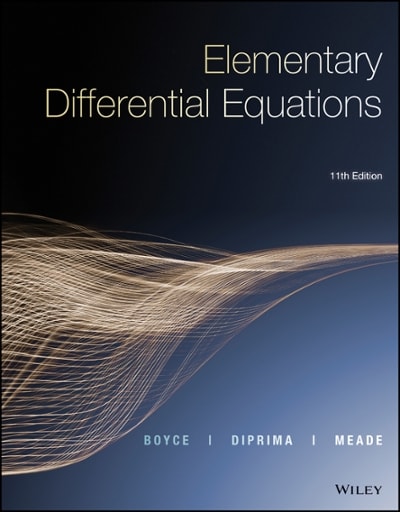Question
Executives at Sale Mart Supermarket claim that a typical family of four spends $200 weekly on routine, non-holiday, grocery purchases. According to published industry standards,
Executives at Sale Mart Supermarket claim that a typical family of four spends $200 weekly on routine, non-holiday, grocery purchases. According to published industry standards, the population standard deviation is $25.
Stuyvesant, yet another stats intern at corporate headquarters, wonders if that original claim by the executives is simply inaccurate, without further specifications. As a project, he collects from store sales receipts a simple random sample (SRS) of size 225. The sample mean for the weekly grocery purchases for a family of four is $196. He is defining as rare, or unusually extreme, any sample mean that is in either the bottom 1% or the top 1% of all possible sample means, for a total of 2%; hence, he is testing at the 2% level of significance. What conclusion should Stuyvesant draw, based on the available evidence?
What confidence level corresponds to a two-sided significance level of 2%?
Step by Step Solution
There are 3 Steps involved in it
Step: 1

Get Instant Access to Expert-Tailored Solutions
See step-by-step solutions with expert insights and AI powered tools for academic success
Step: 2

Step: 3

Ace Your Homework with AI
Get the answers you need in no time with our AI-driven, step-by-step assistance
Get Started


